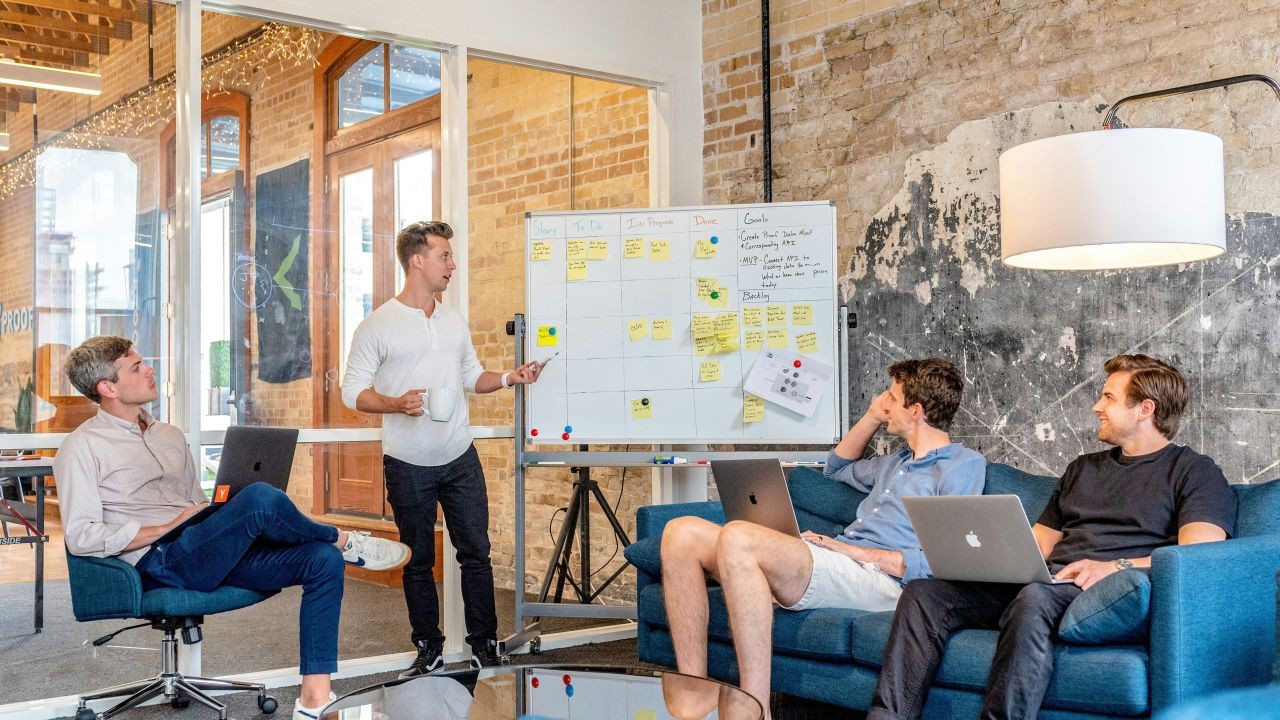Introduction
In today's fast-paced and ever-changing business landscape, mastering design thinking is crucial for creative problem-solving. This is particularly relevant in New Zealand, where innovation is a driving force behind economic growth and sustainability. Embracing design thinking can provide local business owners with the tools needed to adapt and thrive in a competitive market.
Understanding Design Thinking
Design thinking is a human-centered approach to innovation that integrates the needs of people, the possibilities of technology, and the requirements for business success. It consists of five stages: empathize, define, ideate, prototype, and test. This iterative process encourages creativity and collaboration, fostering solutions that align with user needs.
The Importance of Design Thinking in New Zealand
New Zealand has a unique market characterized by a small population and geographic isolation. According to Statistics New Zealand, over 97% of New Zealand businesses are small enterprises. Design thinking can empower these businesses to innovate effectively, ensuring they remain competitive both locally and globally.
Key Stages of Design Thinking
Empathize
Empathy is the cornerstone of design thinking. Understanding customer needs is vital for any New Zealand business aiming to create meaningful experiences. For instance, Fonterra, a leading dairy co-operative, uses customer feedback to innovate its product line, aligning with consumer preferences.
Define
Defining the problem is the next crucial step. New Zealand businesses should articulate the specific challenges they aim to address. This clarity helps in focusing efforts and resources efficiently. An example is Air New Zealand's focus on enhancing customer journey experiences by identifying pain points through research.
Ideate
In the ideation phase, creativity flourishes as teams brainstorm potential solutions. Encouraging diverse perspectives can lead to innovative ideas. For example, Xero, a New Zealand-based accounting software company, regularly engages with customers to explore new features, enhancing user satisfaction.
Prototype
Prototyping involves creating tangible representations of ideas. This stage is critical for testing feasibility and functionality. Local startups often use prototypes to refine their products based on user feedback, ensuring market readiness. Fisher & Paykel's success in developing innovative home appliances is a testament to effective prototyping.
Test
Finally, testing allows businesses to validate their solutions. By observing how users interact with products, companies can make necessary adjustments. Zespri, a leading kiwifruit exporter, frequently tests new packaging designs to enhance consumer appeal and sustainability.
Real-World Examples and Success Stories
- Rocket Lab: A New Zealand aerospace manufacturer, Rocket Lab, exemplifies design thinking by continuously iterating its rocket designs to improve efficiency and reduce costs.
- Icebreaker: This clothing company uses sustainable materials and innovative design to create high-quality outdoor wear, reflecting its commitment to environmental consciousness.
- Meridian Energy: By applying design thinking, Meridian Energy has developed renewable energy solutions that cater to the needs of local communities.
- KiwiRail: Leveraging design thinking, KiwiRail has enhanced passenger experiences, focusing on comfort and convenience in their services.
- Pukeko Pictures: This media company has successfully used design thinking to create compelling stories and characters that resonate globally.
Expert Opinions
Emily Watson, a sustainability researcher, states, "Design thinking is essential for developing solutions that are not only innovative but also sustainable, aligning with New Zealand's environmental goals."
According to John Smith, a renowned business strategist, "For Kiwi businesses, embracing design thinking can lead to breakthroughs in product development and customer satisfaction."
Challenges and Considerations
While design thinking offers numerous benefits, there are challenges to consider. Businesses need to invest in training and resources to implement this approach effectively. Additionally, fostering a culture of innovation and collaboration is crucial for success.
Research indicates that 42% of small businesses in New Zealand plan to expand internationally by 2025 (NZTE). Design thinking can play a pivotal role in preparing these businesses for global markets, ensuring they meet diverse consumer needs.
Conclusion
In conclusion, mastering design thinking is vital for New Zealand businesses seeking creative solutions to complex problems. By adopting this approach, local business owners can enhance innovation, improve customer experiences, and drive sustainable growth. As New Zealand continues to embrace design thinking, the potential for economic and social impact is immense.
For actionable takeaways, business owners should invest in design thinking training, foster an innovative culture, and continually engage with customers for feedback. By doing so, they can unlock new opportunities and ensure long-term success in a competitive market.
References
For further reading and exploration of design thinking in a local context, readers can refer to resources provided by the New Zealand Trade and Enterprise (NZTE) and Statistics New Zealand.





![5.6kg Blazing-Hot Kyoto Ramen Set 🍜 [Laughing Brings Noodles!] #iekeiramen](https://s3.ap-southeast-2.wasabisys.com/cdn.vidude.com/upload/photos/2025/03/ecafadc75d67f401c8cd148d9dd6c1f7a36a06f2dt6D28DctXsHDlQfxxFT.video_thumb_4487_35.1.jpeg)




























BillieDyri
6 months ago